Decorating your front room can be one of the most challenging, but most fun rooms to decorate in your house. It's the first room that anyone who enters your house will see, and first impressions are important. While there will be lots of things to do, coffee and end tables are structures that give foundation to the room, and you want to do it right!
When decorating, your coffee table and end tables do not have to match. Can they match? Of course! But while some level of coordination is advised, matched sets aren't a necessity. Mix and match sizes, shapes, building materials, and colors to create a look that is uniquely you.
So what is the best way to coordinate a coffee table and end tables? Are there "rules", and if there are, what are they? Don't worry, we're going to go over those questions, and hopefully answer any others you might have.
Do Coffee Tables and End Tables Have To Match?
When it comes to decorating a room that will include a coffee table and end tables, you are going to have so many options. Tables, especially tables that are generally placed in the middle a room, provide a central focus and a foundation that the rest of your room is built around. And if coffee tables are the foundation at the center of the room, end tables are the pillars in the corners.
If you think of the whole thing as an architectural, or an artistic undertaking instead of something purely functional, not only will the whole process be more fun, but your eyes will be opened to a whole new world of decor combinations that will let your personality show through.

Having a matching coffee table and end tables? You can't go wrong. You won't be running the risk that your tables will clash with each other, and having tables that come as part of a matched set may increase the ease of which you're able to find other decor items to coordinate with them. It's very much the safe bet, and there's nothing wrong with that.
Or, if you're feeling even the slightest bit daring, you could take the slightly more risky, but more personalizable route. If you have the confidence, or even the desire to mix and match your coffee table and end tables, go for it!
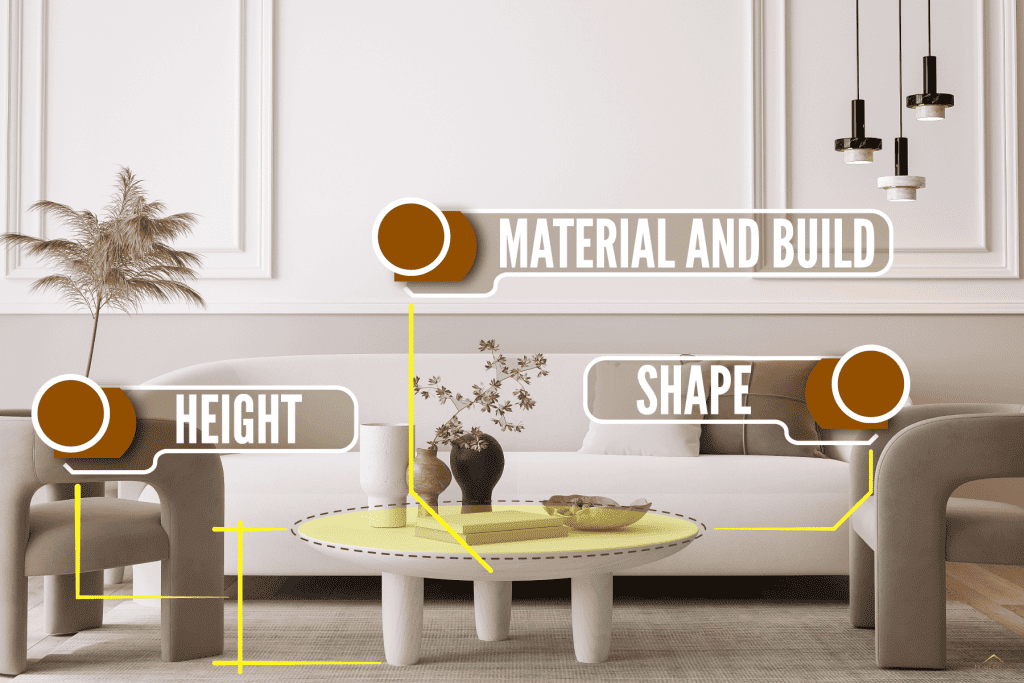
Shape
A round or oval coffee table with square or rectangle end tables can show a pleasing mixture of abstract conventionalism, and traditional, decorative safety.
Using a round table will soften up the center of your room, and the square or rectangular ones in the corners will provide stability. Switching it up and putting a square or rectangle coffee table in the center of the room makes it a very clear center, and strongly establishes a clear focus. Placing round tables in the corners will soften up that focus.
Height
Height is another factor you can switch up! While coffee tables and end tables generally aren't the same height, many times the end tables are the same height, and they don't have to be. Shaking up the heights of your end tables can be a great way to add dimensions to your room. It can also add an element of convenience to your home to have tables at different heights to place things on.
Material and Build
One of the last things you might consider changing up is the materials that the tables are made of. Dark wood, light wood, weathered wood, glass, and different types of metal. In addition to changes like those, you can also change up the builds. Abstract, rustic, industrial, curved, angular, three legs, four, corner tables, tables with different numbers of corners. You can effectively have your tables made of different materials and with different styles and yet form a beautifully cohesive whole that you'll be proud of.
We may include affiliate links and curated AI content to highlight top design styles.
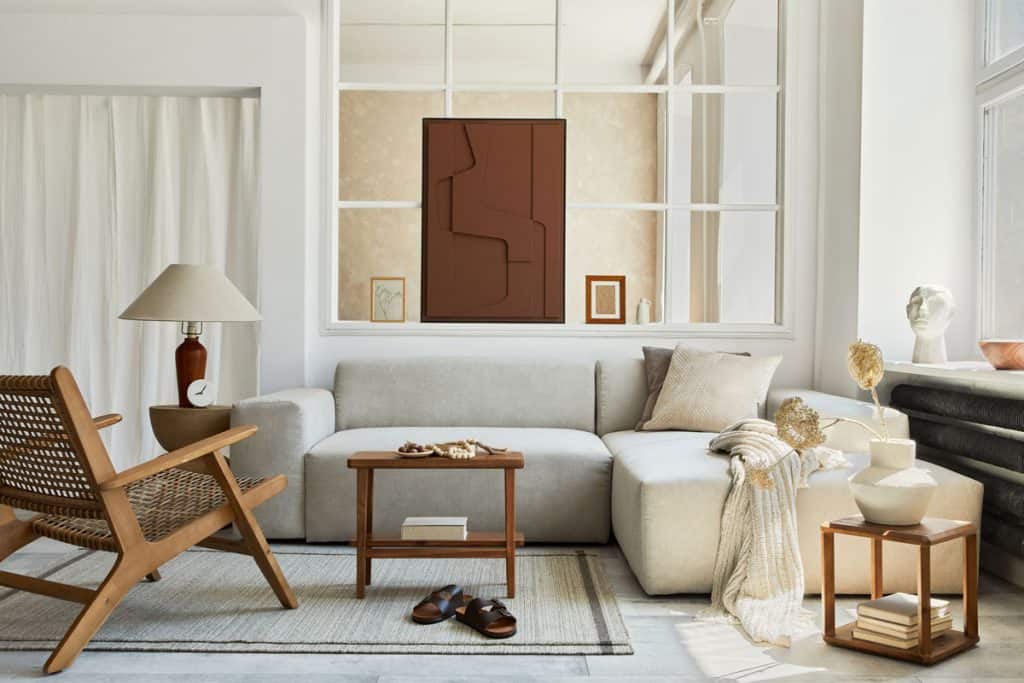
Inspiration
While it can be easy to understand how a room will fit together when using matched sets, it may to hard to imagine how to put together a look where things don't match, but everything flows. Let's look at some ideas, both matched sets and sets put together from different pieces, and see if we can help you put together something you like out of the elements you see.
Classic Matched Set
This beautiful set of end tables and coffee table are a great example of how beautiful a classic matched set can be. The mixture of dark, natural wood, and the smooth, painted wood provide a beautiful contrast and a nice, comfortable feel, almost reminiscent of classic farmhouse decor.
These tables will look great with light or dark walls, and a variety of different styles of floors. With the white supports and dark top, you'll be able to place any varieties of decor on them and have it all come together beautifully.
Similar, But Different
These beautiful, solid color tables are a great example of the differences than can still exist in a matched set. While all the tables contain obvious similarities, there are a number of differences that make them an attractive set. The coffee table comes with a top that can be lifted, concealing storage space underneath that can be used for a number of things, like storing TV remotes.
The two end tables are made of the same wood, with the same designs engraved on them, but built differently, and the tops resting at different heights. One of them is more squat, shorter and longer, and the other is taller, slimmer, with additional storage space in a drawer underneath the table.
The same set, but with significant differences in each piece of furniture, the first glimpse into the fact that differences can be beautiful together.
Same Design, Different Shapes and Sizes
This specific example throws in an entryway table, something generally kept in a front room. It also shows an additional example of how so many different examples of different tables can still fit together. Now, of course, all of these tables are clearly all from the same set, but that's ok. They're also all quite different from each other!
Every single one of these tables is different shapes and sizes, but all share the distressed white wood in common, which provides the uniformity they need to fit together.
Belongs to a Theme
Do you know what's wonderful about this design? Not a single one of these tables match! Not at all! But somehow, it still works! How do three tables that look so different work so well together, and how does it work?
Well, the two tables on each end of the couches are both circular in shape. While one is made of wood, and the other is more industrial, the fact that they're round and both rest at about the same height makes them go together perfectly well.
The coffee table? It has nothing to do with the side tables. Unlike matched sets, where the similarities make everything clear, and everything seems to need to work together, this design makes it obvious that the tables don't need to match each other.
So what makes the coffee table fit? The similarities it has with the other decor. It's the same color as the couch, and it's a very similar color to the wall behind the couch. That's all it needs! You don't need to focus so much on making the tables match each other when there are so many other things that you can coordinate them with.
Wood in Common
None of these tables have anything to do with each other either. But do they work? Absolutely? But what have they been matched with in order to make them work?
The coffee table has been paired with a small barstool, which is all it needs to fit. They're not perfectly matched, but they're close, and just like a slant rhyme, more often than not, close is enough.
The lighter, round end table has found a perfect match in the lamp placed on top of it, and the shade of that lamp is the same color as one of the pillows on the couch. The white table near the door? The white walls, the white trim on the doors and mirror, it all makes it flow. They also all have the fact that they're made of wood in common. When you take all these things and put them together, you get a look that works!
Should Side Tables Match?
They can match if you want them to! But they most certainly don't need to, if matching them isn't something you want to do. In fact, there are a number of reasons as to why you could actually benefit from not matching them.

Breaking up a set can be hard, and a lot of people may avoid changing up their furniture. Finding a new set you like can be hard and stressful, and purchasing furniture in bulk is expensive. It can make you almost afraid to use your furniture, and if you're afraid to use it, there's a good chance other people will be too, which means your guests will be uncomfortable.
It can also make your home seem incredibly sterile, so to speak, and almost unusable. You can avoid this but mismatching furniture, but don't let the phrase "mismatch" throw you off! You can absolutely have furniture that doesn't come in a set but still have a coordinated, very put-together and cohesive look.
Does a Coffee Table Need to Match a TV stand?
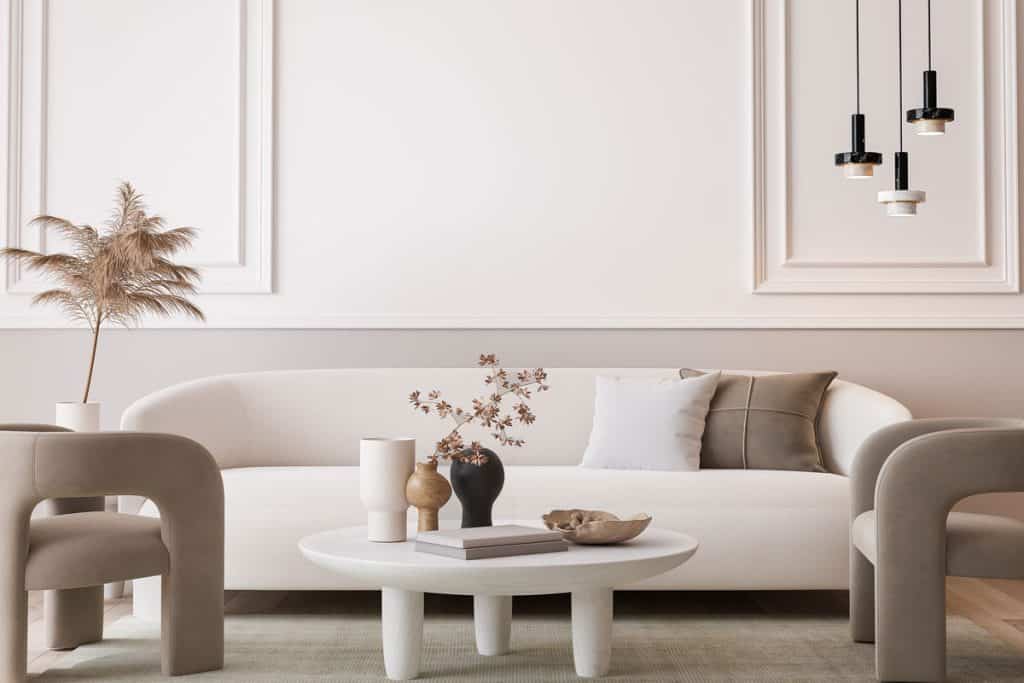
Your coffee table doesn't need to match your TV stand! Your furniture like your coffee tables, end tables, and tv stand don't need to match. You can feel free to match, for example, the end tables from one set, and the coffee table and TV stand from another, or any mixture of things. The important part of decorating is compiling a design that gives you an end result you love, something individual and personalized to you.

FAQs
Do you have to have 2 end tables?
No, you do not have to have two end tables.
Can you have different end tables in the living room?
Yes, you can have different end tables in your living room. It is a great way to add visual interest to the room and create a unique look. You can choose end tables in different shapes, sizes, materials, and colors to create a diverse look that complements your furniture and décor.
How do you place an end table in a living room?
Place an end table in the living room beside a sofa or armchair. It should be close enough so that people can easily reach items on the table but not too close that it obstructs walking paths. The end table should also be in proportion to the furniture around it and the size of the room. Lastly, the end table should be comfortable, usually between 20-24 inches.
Do all tables in the living room have to match?
No, all tables in a living room do not have to match. However, if you prefer a more coordinated look, choosing tables with similar colors, materials, or styles is helpful.


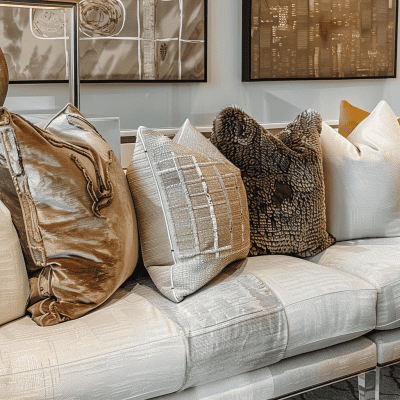
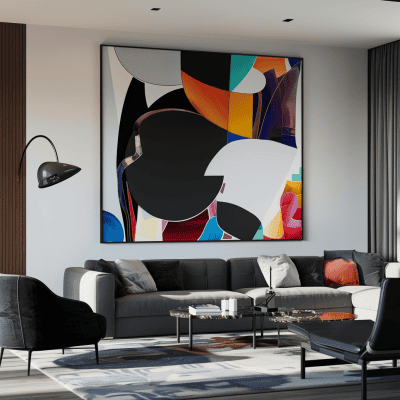
What is the best type of end tables to use with a round rattan coffee table (natural color)?
@Jennifer Cook, rectangle is a great option.
What type of end tables would go good with a dark round wood coffee table?